This post may contain affiliate links. If you make a purchase by clicking on these links, I may earn a small commission at no extra cost to you. Read the disclaimer for more information.
Something that I love about Italy in general are its amazing piazzas, and Piazza Navona is one of the best in Rome. Standing in the place of the ancient Roman Stadium of Domitian, the piazza has kept the long shape of the original building. Piazza Navona was built up to what it is today during the 17th century and has some excellent examples of the art and architecture from that time.
The piazza is mainly a pedestrian area, with three amazing fountains in the middle and the 17th century church of Sant’Agnese in Agone dominating the buildings surrounding it.
Piazza Navona Fountains
The fountain in the middle of the piazza is the Fontana de Quattro Fiumi (Fountain of the Four Rivers) and is an amazing piece of artwork. Designed by Bernini, the fountain is meant to represent the four rivers of the Nile, Danube, Ganges and Plate. Four rivers from four continents. The detail is incredible, but even more amazing is the huge Egyptian 1st century obelisk sitting on top of the fountain, rising high into the sky.
There are two smaller 16th century fountains at each end of the piazza. At the Southern end, where we entered into the piazza, is the Fontana del Moro (Moor Fountain) which is characterized by it’s four Triton sculptures. At the Northern end is the Fontana del Nettuno (Fountain of Neptune), characterized by it’s statue of Neptune.
Churches of Piazza Navona
Sant’Agnese in Agone, located in the heart of Piazza Navona, is a stunning Baroque church that captures the essence of Roman architectural brilliance. Designed by the renowned architects Girolamo Rainaldi and Francesco Borromini, the church stands on the site where Saint Agnes was martyred in the ancient Stadium of Domitian. Its facade, with its elegant curves and ornate details, is a masterpiece of Baroque design, while the interior features impressive frescoes and the magnificent dome that adds to its grandeur.
Just a short stroll from Sant’Agnese in Agone is the Church of Our Lady of the Sacred Heart, also known as Nostra Signora del Sacro Cuore. This charming church, with its Gothic Revival style, contrasts beautifully with the Baroque splendor of Sant’Agnese. Together, these churches offer a glimpse into the rich spiritual and architectural heritage that defines Piazza Navona.
Café Culture
The art and architecture of these fountains, the church and all of the buildings around the piazza is all accented by some amazing Roman culture. Alfresco style cafes sit along the edge of Piazza Navona while musicians and street performers play and act in the centre. You can simply sit with a cappuccino or a glass of wine and look out at the fountains and church, while listening to classical Italian music. A perfect way to spend part of a day.
If you’re heading to Rome, spend a morning or afternoon in Piazza Navona. It’s a great experience.








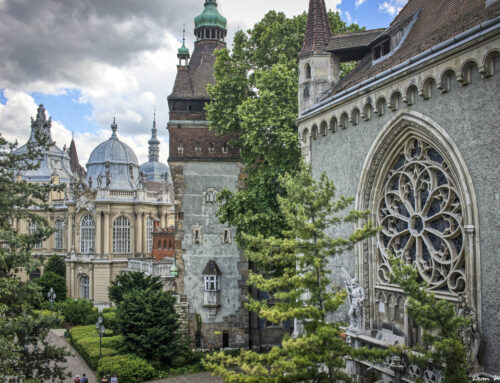
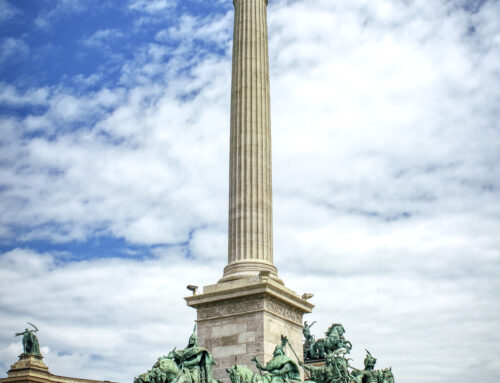
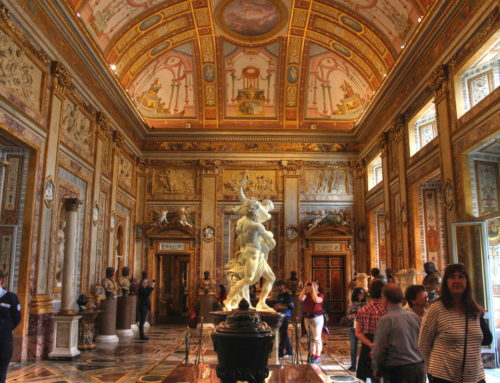
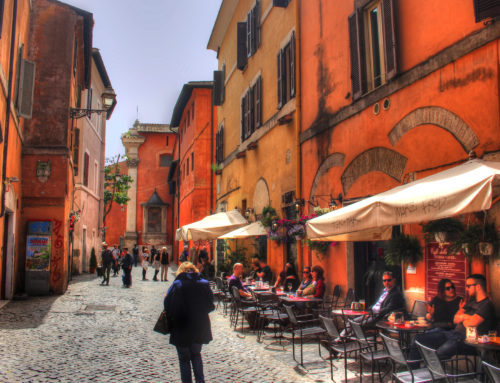
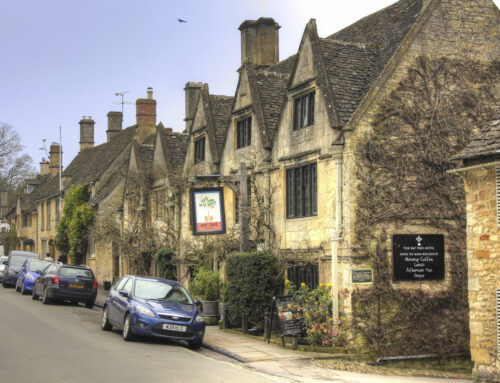
Beautiful pics! Love those street performers – I could never stay still or stay in character the way they do.
I know, I have no idea how they stand still, I would at least have to scratch my nose or something :). Thanks Amanda.
[…] in the 17th Century, Piazza Navona has some beautiful fountains in the center and the Sant’Agnese Church. There are plenty of cafes […]